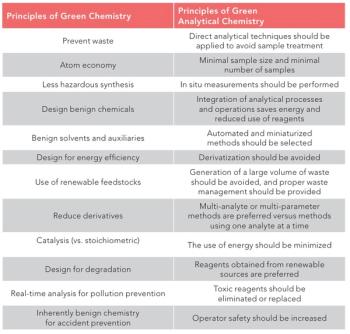
Affinity Selection-Mass Spectrometry: Development and Application in Drug Discovery (Symposium)
This symposium, organized by Hui Zhang and Chang Liu, will be held in Room 120A from 8:30 to 11:45 am and covers the topic of affinity selection by mass spectrometry (ASMS), an attractive alternative for drug discovery.
This symposium, organized by Hui Zhang and Chang Liu, will be held in Room 120A from 8:30 to 11:45 am and covers the topic of affinity selection by mass spectrometry (ASMS), an attractive alternative for drug discovery. Affinity selection by mass spectrometry is an important technology to directly probe compound and protein interactions. It is cost-effective, and exhibits high throughput as compared to traditional high-throughput screening approaches.
The first paper in this symposium is presented at 8:35 to by Richard B Van Breemen of Oregon State University and is titled, “Advances in Affinity Selection Mass Spectrometry for Characterizing Active Compounds in Natural Product Mixtures.” The productivity of MS-based methods is enhanced by using a multititer well plate format, automated sample preparation, replacing HPLC with UHPLC, and automating data analysis using metabolomics software.
The second paper at 9:10 am is authored by Thomas O'Connell, Wenyi Hua, and Hui Zhang of Pfizer Inc. The talk is entitled, “ASMS as a Biophysical Tool.” Affinity selection mass spectrometry is described as a tool for quickly assessing large chemical libraries to identify ligands which bind to a given target. When combined with custom software, quick analysis of large libraries can be completed using accurate mass determinations.
The third paper is presented at 9:45 am and is titled, “Application of Affinity Selection Mass Spectrometry for Target Tractability Assessment and High Throughput Hit Identification.” This talk is authored by Joseph Kozole, Roland Annan, Mark Bean, Jeffrey Guss, Yong Jiang, Mary Mentzer, Caterina Musetti, and Geoffrey Quinque, all of GlaxoSmithKline. In this talk the efficiency and effectiveness of affinity selection mass spectrometry has been compared to high throughput screening for a set of targets, and has been shown to identify similar chemical matter at considerably less cycle time, full-time resources, and reagent costs.
At 10:35 am the fourth talk is to be presented, titled, “Enabling High Throughput Screening of Challenging Targets for Lead Identification by Affinity Selection Mass Spectrometry.” This talk is authored by Juncai Meng, Dave Harden, and Litao Zhang of Bristol-Myers Squibb. Here the speakers will describe the use of affinity selection mass spectrometry –based screening strategy for drug development and its application in high-throughput screening for challenging targets not amenable to traditional HTS or target proteins. The authors suggest that affinity selection mass spectrometry succeeds where conventional discovery methods have failed.
The fifth paper of this symposium, at 11:10 am, is presented by Xianshu Yang and Peter J Dandliker of Merck & Company, Inc. The title of this presentation is, “ALIS Affinity Selection in Pharmaceutical Discovery.” A specific affinity selection mass spectrometry approach, termed automated ligand identification system (ALIS), is described as a technique to analyze one million compounds per target encounters per day. In addition, the concepts of protein array-ALIS, and protein titration-ALIS are described. These techniques require only a very small sample quantity without the need for compound purification prior to biological assay.
Newsletter
Join the global community of analytical scientists who trust LCGC for insights on the latest techniques, trends, and expert solutions in chromatography.




